Hi Everyone,
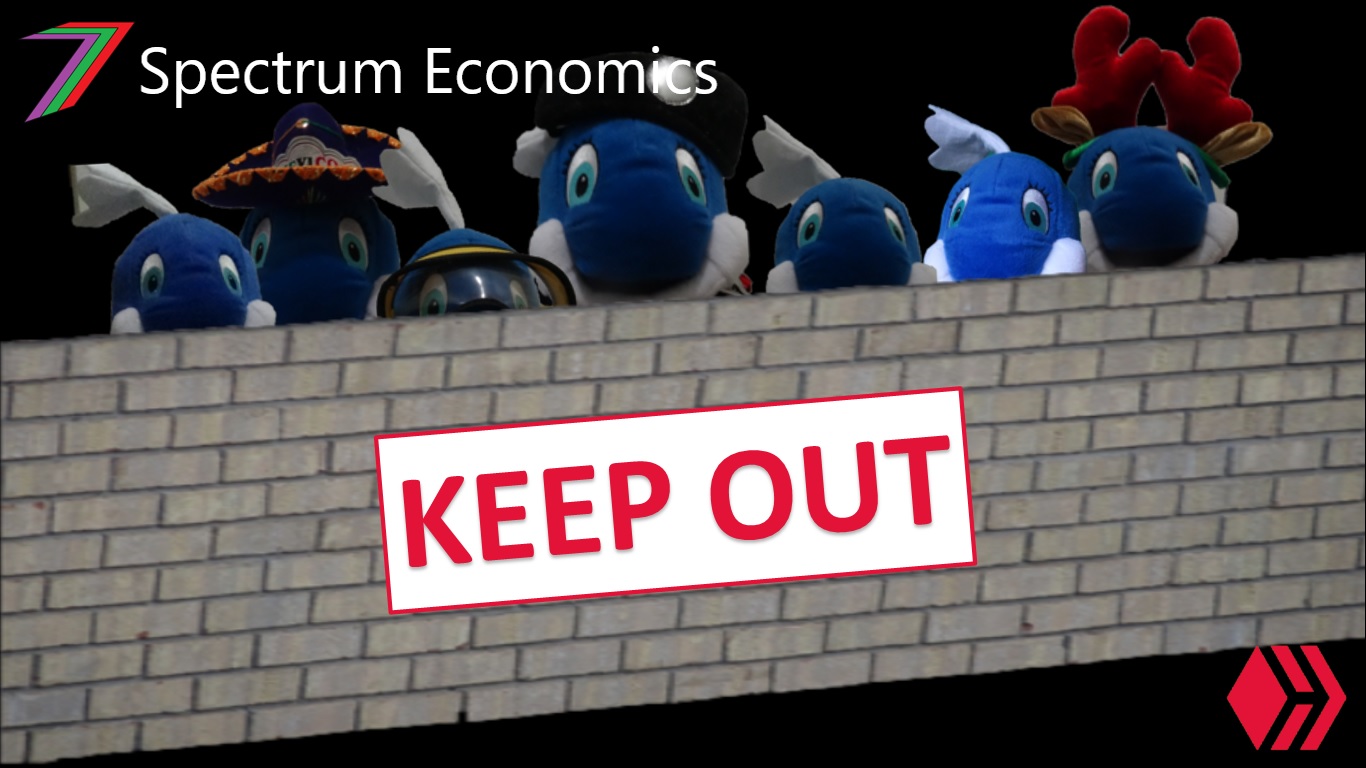
So far, the areas I have covered in this series have had easy to define broad outcomes. The health outcome is better health. The crime outcome is reduced crime. The education outcomes are improved quality and availability of education. For migration, it is less clear-cut. Migration can be divided into immigration and emigration. Immigration involves people moving to a country to live and emigration involves people moving from a country to live in another country. Net migration is the difference in the number of immigrants and the number of emigrants. If there are more immigrants than emigrants, net migration is positive. We cannot broadly pursue either increased or decreased net migration because there are many difference reasons why people migrate.
What are desirable migration outcomes?
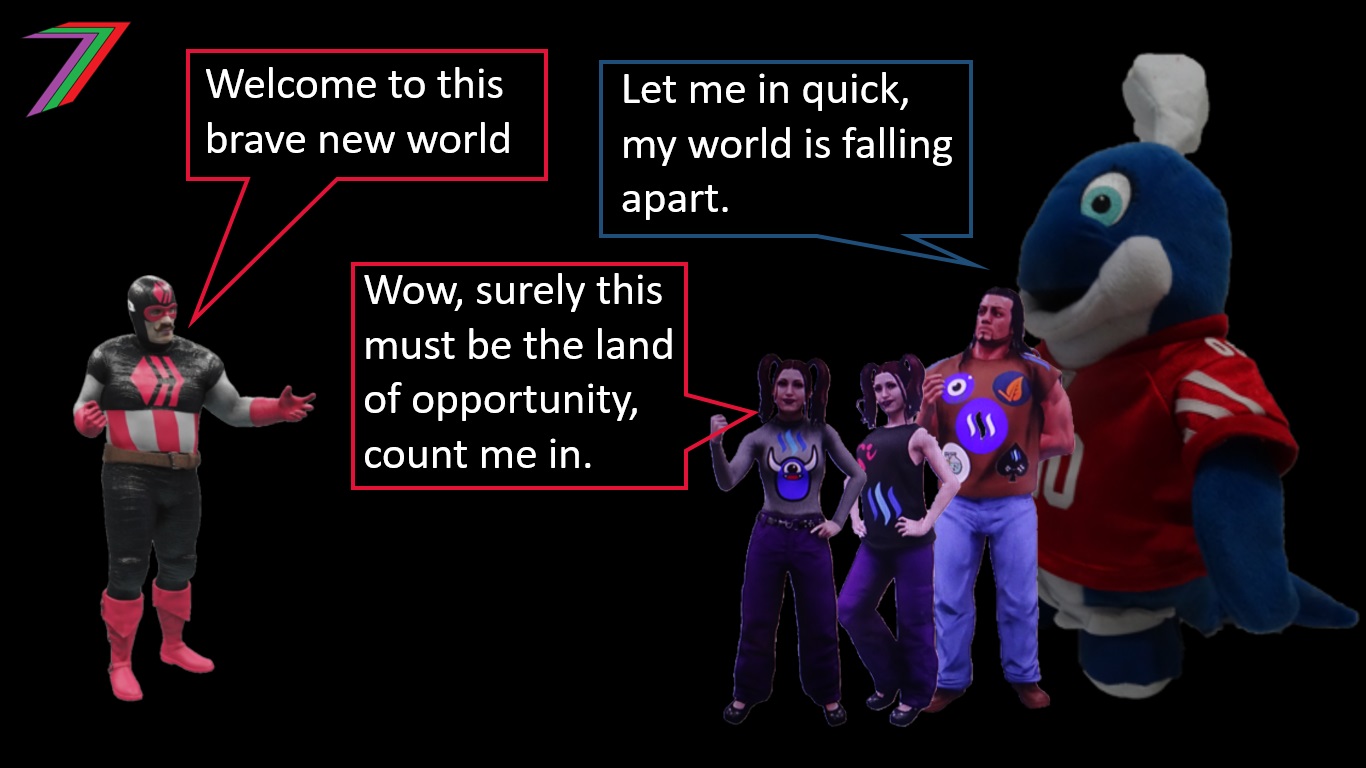
In my post Free movement of people, I discuss extensively the advantages and disadvantages of various types of migration. The reasons for migration can be broadly categorised under pull factors and push factors. Pull factors could include better job opportunities, climate, government (or lack of), culture, laws and regulations, etc. Push factors could include war, poverty, corrupt government, famine, bad foreign policy, racism, radical culture or religion, etc. For both immigration and emigration, pull factors are generally desirable and push factors are generally not desirable.
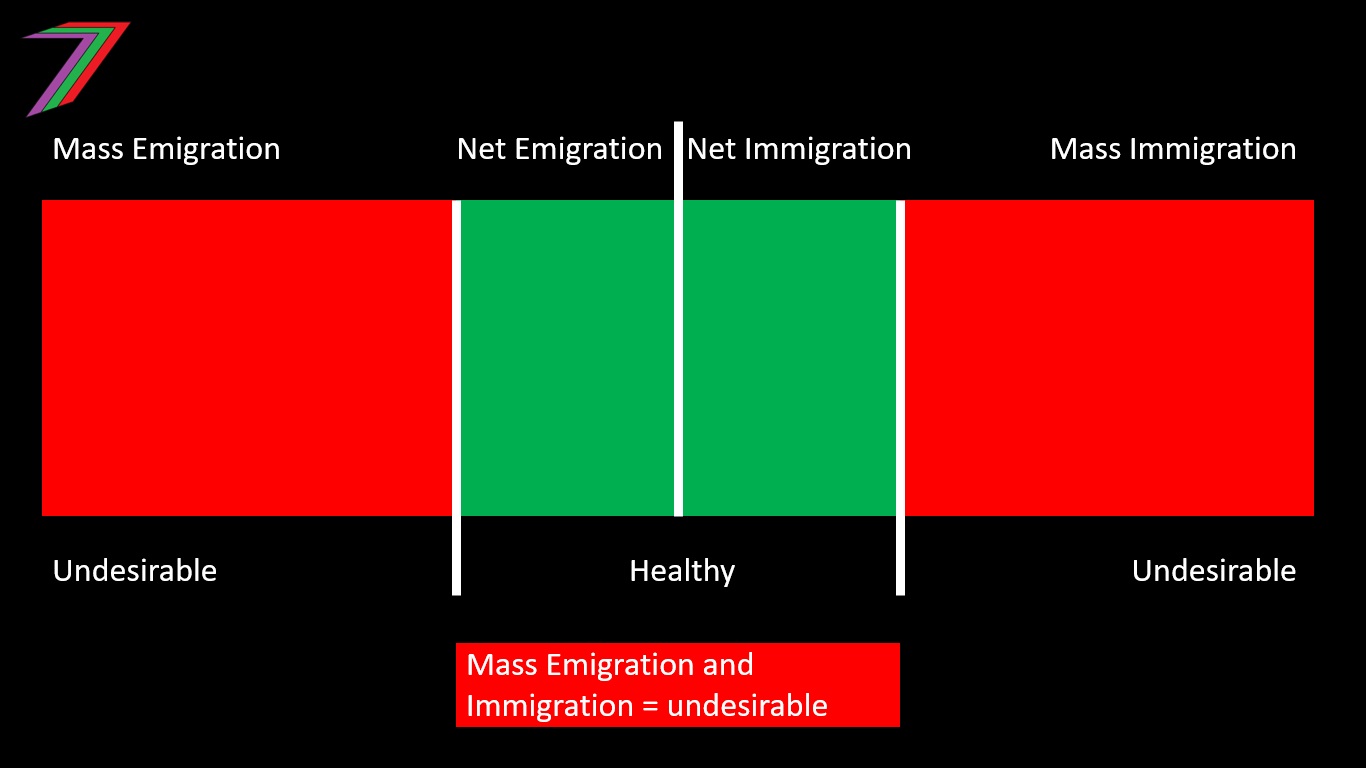
Another way of looking at what migration outcomes are desirable is through the extent of immigration and emigration. Both mass emigration and mass immigration are typically undesirable. Mass emigration indicates there are very strong push factors driving the population away. Mass immigration indicates that there are very strong push factors from the immigrant’s countries or very strong pull factors of the country they have chosen to live in.
Mass emigration is a strong indication that a country is no longer an acceptable place to live. Mass emigration can further add to these problems if:
- essential, talented and skilled workers leave
- the emigrants remove financial wealth and support from the country
- emigration causes a substantial fall in demand for the countries goods and services
- supply chains are suddenly disrupted, which leads to shortages of essential goods and services
Mass immigration is dangerous to a country for several reasons. The following are some of the possible threats to a country from mass immigration.
- Drain on welfare system
- Drain on existing infrastructure and amenities
- Dilution or erosion of existing culture
- Loss of national identity
- Migrant forced changes to political structure
- Overall downward pressure on wages
- Crime and terrorism
- Reduction in investment in capital
The above threats are explained in my post Free movement of people.
Artificially inflated pull factors, which cause mass immigration, such as excessive welfare benefits can be very harmful to a country. The welfare benefits become the attraction rather than the opportunity for mutual gains. Pull factors from a mass abundance of a resource can cause mass migration. For example, the discovery of gold. This could lead to initial mass immigration to drain the resource, which is then eventually followed by mass emigration once the resource has been drained.
Moderate changes to net migration is normally healthy and in many cases desirable. A country could have a skill shortage in a particular area. Migrants are attracted by job opportunities created by this shortage. A country could have excess of a particular skill. Instead of creating unemployment, those with that skill could move somewhere else where there is a shortage of this skill and is desirable for other reasons.
What is within a country’s control and what is not?
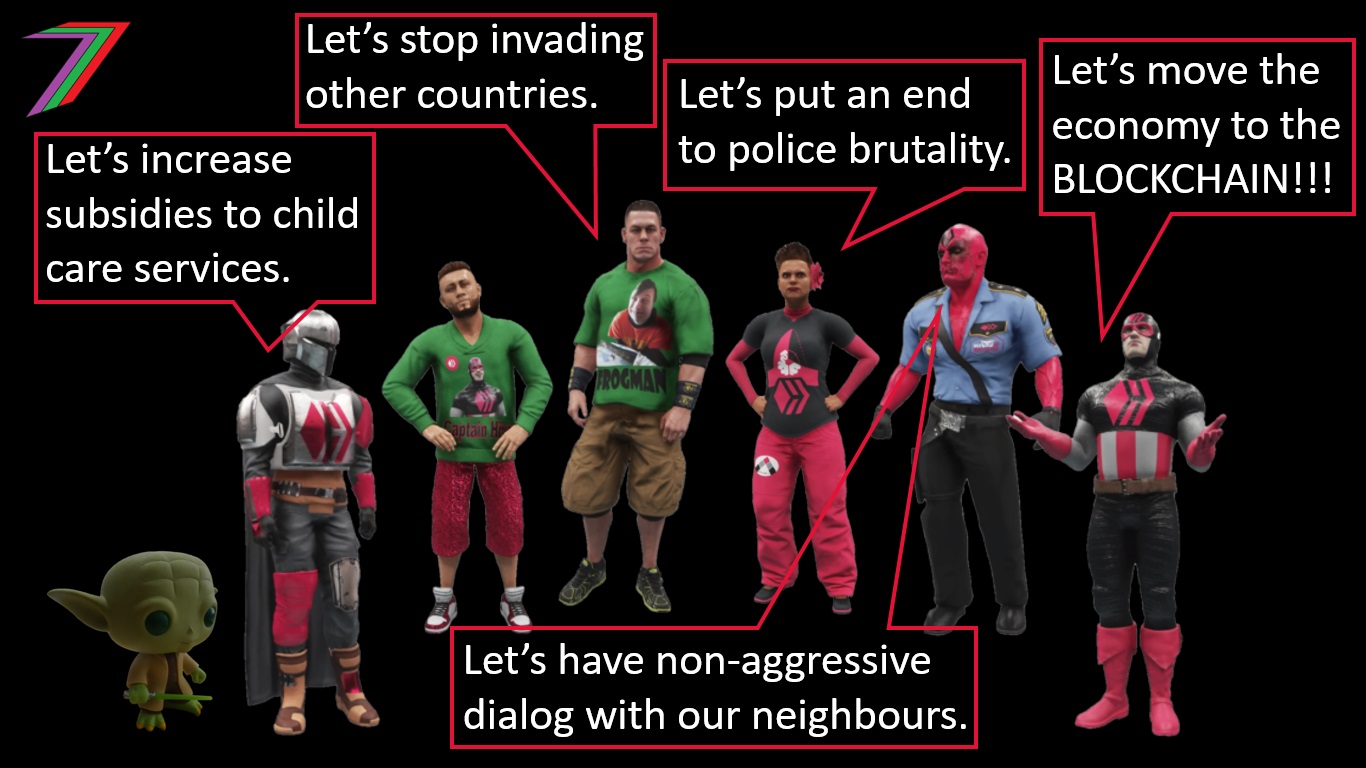
A country can directly influence both push factors for emigration and pull factors for immigration. In many cases, these factors are the exact opposites. For example, high crime rate is an emigration push factor and low crime rate is an immigration pull factor. However, it is also possible to reduce emigration push factors without substantially increasing immigration pull factors. This can be done by offering the citizens and possibly the permanent residents benefits that new arrival immigrants are not granted. For example, the Government could fund healthcare for citizens. Whereas, new arrival immigrants are required to pay directly.
A country can sometimes indirectly influence both push factors for immigration and pull factors for emigration. Countries have foreign policies that affect other countries. The foreign policies of large powerful countries or trade blocs like the USA, China, European Union (Trade bloc), and Japan can significantly affect smaller countries. Tough restrictionist policies would hurt these countries while facilitating open trade would help them. Small countries that are particularly well endowed in some resources (e.g. oil) but have very little of other resources (e.g. food) are the most vulnerable to restrictionist trade policies. War also has a huge impact on migration push and pull factors. Countries often offer support to one side at the expense of the other. This can be as damaging to another country as directly waging war with them.
How can we apply the prevent, solve or manage approach to migration?
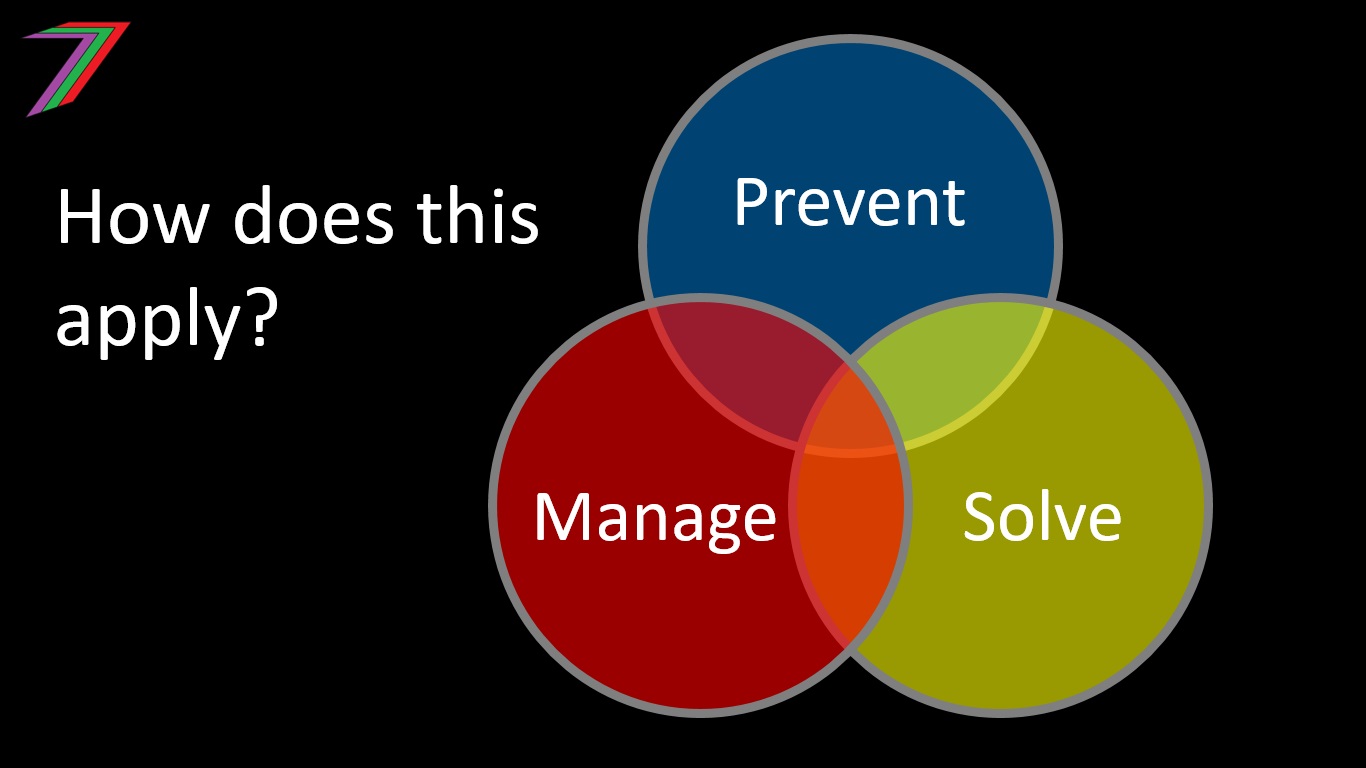
Migration has both desirable and undesirable elements to it. Any approach to migration should involve maximising the desirable and minimizing the undesirable.
- The prevent approach would involve maintaining the desirability of the country, town, or community so that people are not pushed away and other people are attracted to it.
- The solve approach would involve addressing emigration push factors and immigration pull factors.
- The manage approach would involve intervening to limit the negative impacts of migration and promote the positive impacts.
Prevent
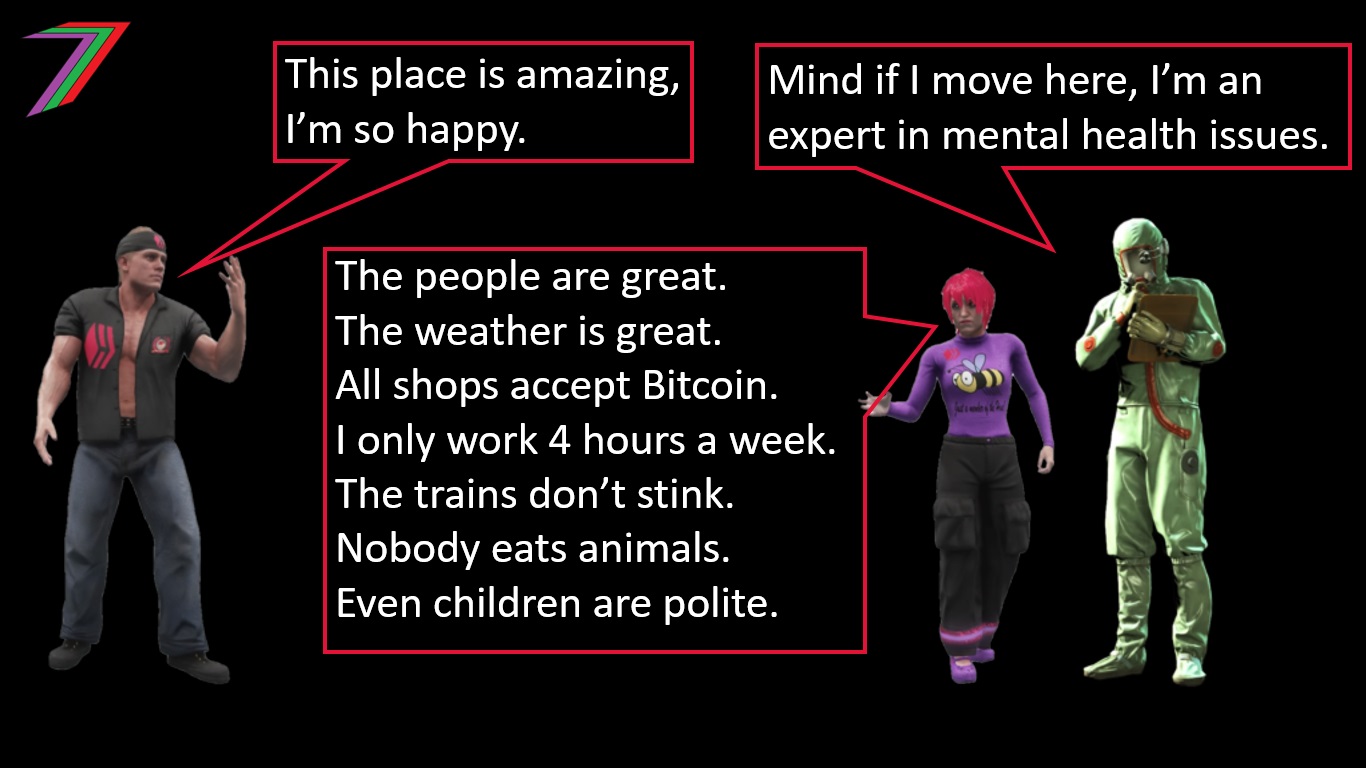
The prevent approach should be focused on maintaining the desirability of a country, town, or community as well as not reducing the desirability of other countries, towns, or communities. Pull factors for both immigration and emigration are desirable. Attracting people who want to join a community is desirable. They believe the community has something to offer them and they are likely to be able to offer the community something in return.
The prevent approach could also focus on maintaining good relations through mutual support and free trade. This could lead to free movement of people and an exchange of human capital. Each country could address each other’s needs for the benefit of all.
Solve
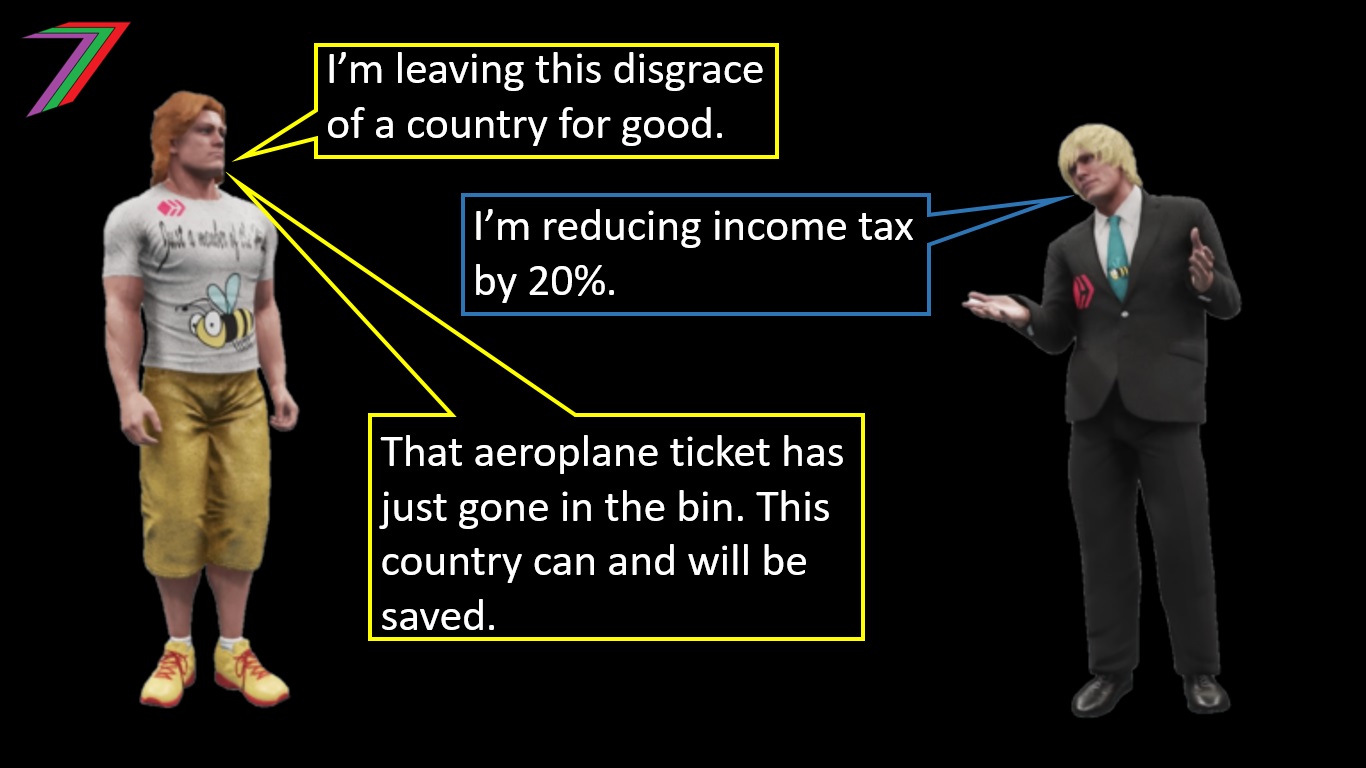
The solve approach requires the identification of the types of migration problems a country, town, or community are facing.
- Are too many people emigrating?
- Are too few people immigrating?
- Are too many people immigrating?
The next step involves understanding why these problems are occurring. The following are a few possible underlying problems/reasons that a country, town, or community could have migration problems.
- The Government are making poor decisions, which is driving people away.
- The country is suffering from more natural-disasters.
- The country is becoming less competitive to other countries.
- The country is negatively affected by other country’s foreign policies.
- The immigrants’ home country's Governments are making poor decisions, which is driving people away.
- Other countries are being impacted by natural disasters.
- The country’s foreign policies are hurting the immigrant’s home country.
- Other countries foreign policies are hurting the immigrant’s home country.
The next step involves determining the extent of influence a country, town, or community has over these underlying problems. If the country, town, or community has significant influence, it will be possible for these problems to be solved. For example, it is possible to learn from poor decisions and therefore make better decisions in the future. If the country, town, or community has only some influence, it will be difficult to solve these problems. For example, if another country is experiencing a bad drought. A response could be to offer aid so that mass migration is less necessary. There will also be situations where a country will have no influence over another country’s circumstances. For example, if another country has a civil war. Any form of interference is only likely to make the problem worse.
Manage
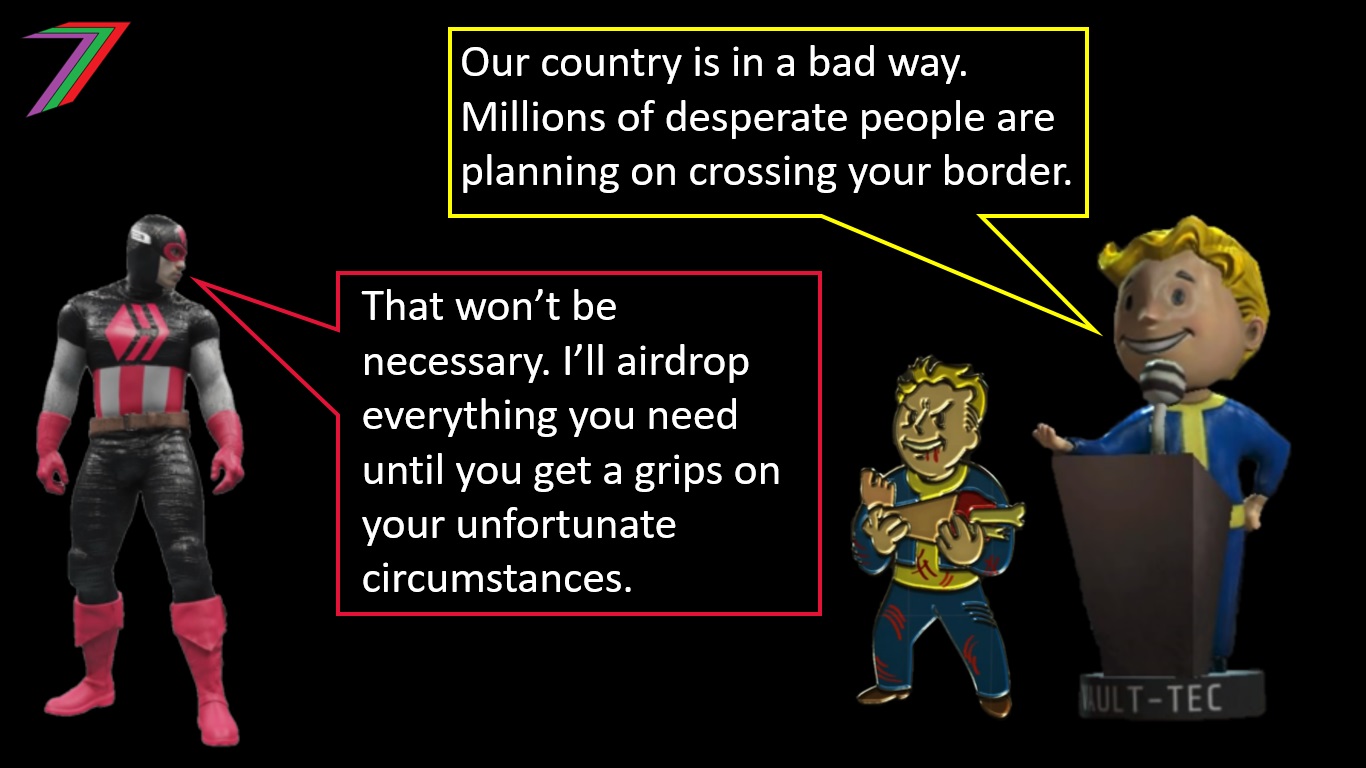
As discussed under the ‘Solve’ approach, some problems cannot be solved as we do not have sufficient influence over them. Instead, these problems need to be managed to reduce their impact. For problems occurring within a country that cannot be prevented or fully solved, there is normally some method of managing them. For example, natural disasters typically cannot be prevented but responses and preparation for these disasters can reduce the impact. Managing problems that occur in other countries is normally more difficult as other countries have more influence over their own problems.
One of the most negative impacts a country may face from another country’s problems is mass migration. There are several ways a country can manage potential mass migration.
- They could offer aid to reduce the extent of the need for mass migration.
- They could offer temporary refuge until the situation in the other country improves.
- They could close the borders to the people fleeing.
- They become part of an international effort to help other countries mitigate the extent of their problems.
- They could offer permanent residency to people that meet certain requirements.
- They could use a combination of the above strategies.
Managing immigration with policies
Immigration policy intervenes with the natural flow of migration. It is applied or changed, if it has been deemed that too many or too few people are immigrating or if people are deemed to be immigrating for the 'wrong' reasons. Foreign policy and trade dictates how a country interacts with other countries. Good foreign policies can help create strong mutual benefits, which can help prevent the conditions that create mass migration.
Where does migration fit into the Prevent, Solve, or Manage Model?
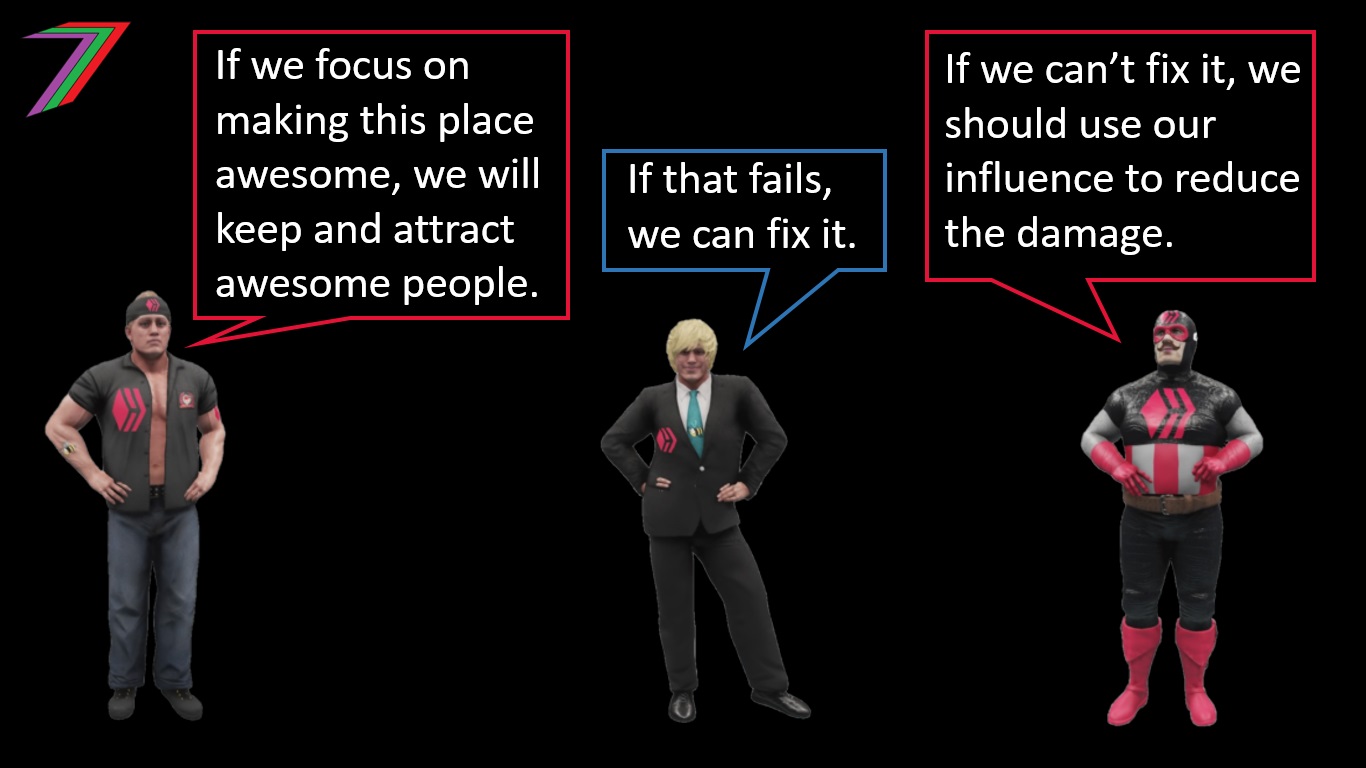
As with many of the other areas discussed in this series, the priority of ‘prevent’ followed by ‘solve’ followed by ‘manage’ should be applied to migration. One of the biggest problems with migration is determining the most desired outcomes. In many cases, migration is not a standalone problem. Migration problems occur because of other problems. These could be problems within our own society or problems with our relationships with other societies.
The ‘prevent’ approach focuses on areas that indirectly affect migration. The ‘solve’ approach is a response to migration problems but is also likely to target areas that indirectly affect migration. The ‘manage’ approach focuses more on migration as a problem in itself that should be dealt with directly.
Quick Summary of the Key Points

- Migration consists of both immigration (i.e. moving to a country to live) and emigration (i.e. moving from a country to live).
- The reasons for migration can be categorised as push factors (i.e. people desire to leave their own country) and pull factors (i.e. people desire to move to another country).
- Pull factors are generally considered desirable and push factors are generally considered undesirable for both immigration and emigration.
- Low positive or negative net migration (i.e. difference between immigration and emigration) should be considered healthy and desirable if it is mutually beneficial to migrants and existing inhabitants.
- Migration is generally not a problem in itself but is often caused by other problems.
- If the reasons for migration problems are within our own society’s control, they are easier to prevent or solve.
- If the reasons for migration problems are mostly outside a society’s control, ‘manage’ approaches will be required to be used.
- Cooperation and mutual respect between nations is necessary to achieve a balanced movement of people for desirable reasons.
More posts

If you want to read any of my other posts, you can click on the links below. These links will lead you to posts containing my collection of works. These 'Collection of Works' posts have been updated to contain links to the Hive versions of my posts.
Future of Social Media






Excellent post! i just started on hive and loving it. I love talking economy, ima follow you and the communit. I too am talking about the economy on my channel check me out sometime @economic-report and great work BTW!
That's great welcome to Hive. We need more economics content on Hive.
Very interesting post! I'm a real believer in free movement of people and I understand the desire of governments to restrict the movement of people especially for economic reasons. Just think if the governments and corporations of the "rich" nations invested in the economies of the "poor" nations so that the citizens didn't feel the need to migrate for economic reasons. I watched a video on Ghana recently concerning the production of tomatoes. Apparently, Ghana was quite a strong exporter of tomatoes to Europe until the government signed trade agreements. Now the domestic production is no longer competitive and even the locals buy imported canned tomatoes because they are cheaper. Most of the jobs have disappeared and the former workers migrate to Italy to work, sometimes illegally under the mafia... picking tomatoes among other crops. A sad irony indeed. Here's the link if you're interested for more info